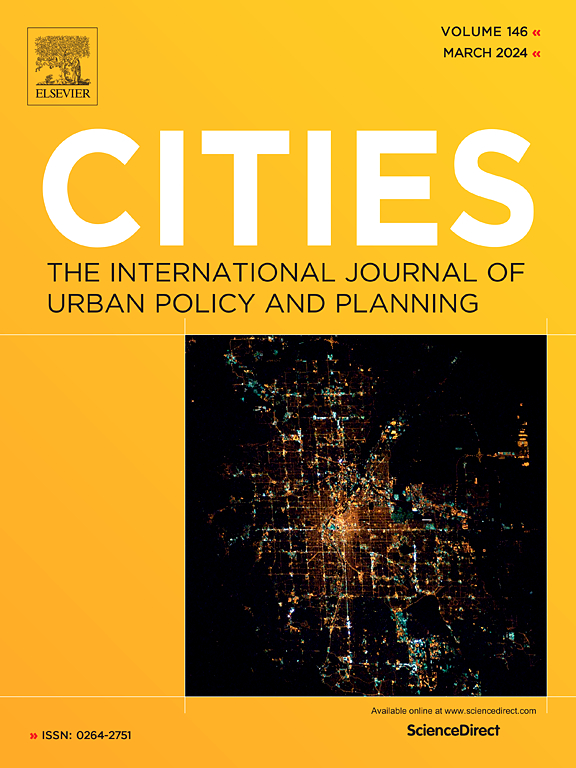护理基础设施如何支持社区福利组织的距离和联系:从 COVID-19 封锁中学习
IF 6
1区 经济学
Q1 URBAN STUDIES
引用次数: 0
摘要
冠状病毒大流行迫使边缘化社区的地方支持服务机构在援助需求激增的同时调整运作方式。社会疏远的限制使社会关怀和支持服务及网络的基础设施层面变得更加突出,而这些方面在日常实践中往往被忽视。影子照护基础设施的视角有目的性地关注那些在主流福利话语和研究中不容易被看到或承认的照护基础设施(Power, Wiesel, Mitchell, & Mee, 2022)。以这一分析视角为出发点,我们将在本文中探讨在科维德-19 封锁期间及之后,护理关系是如何通过向远程护理服务的转变而被重构的。在封锁期间提供护理所面临的挑战揭示了护理关系和实践中远近之间复杂的相互作用,以及以不同方式提供护理的可能性。本文主要利用了对悉尼中西部两个地方政府辖区(LGAs)的各种护理组织的有偿和志愿支持者的深入访谈。该地区是悉尼人口中心以西新移民的门户地区,也是 2021 年三角洲变种 Covid-19 爆发后受影响最严重的地区之一。本文探讨了在城市学会与 Covid 共存的过程中,大流行病护理实践的潜在长期性。本文章由计算机程序翻译,如有差异,请以英文原文为准。
How care infrastructures support distance and connection in community welfare organisations: Learning from COVID-19 lockdowns
The coronavirus pandemic forced local support services in marginalised communities to adapt how they operated at the same time as demand for assistance soared. Social distancing restrictions brought into sharp relief the infrastructural dimensions of social care and support services and networks that are often backgrounded in day-to-day practice. A shadow care infrastructures lens looks purposively at care infrastructures that are not readily seen or acknowledged in dominant welfare discourse and research (Power, Wiesel, Mitchell, & Mee, 2022). Taking this analytic lens as our starting point, in this paper we explore how relations of care were reconfigured by the shift to remote care delivery during Covid-19 lockdowns and beyond. The challenges of providing care during lockdown reveal the complex interplay between distance and proximity in care relations and practices and the possibilities for doing care differently. The paper draws primarily on in-depth interviews with paid and voluntary supporters across a diverse range of care organisations servicing two Local Government Areas (LGAs) in Central Western Sydney. A gateway region for new migrants west of the population centre of Sydney, it was one of the areas worst affected by the outbreak of the Delta variant of Covid-19 in 2021. The paper reflects on the potential longevity of pandemic care practices as cities learn to live with Covid.
求助全文
通过发布文献求助,成功后即可免费获取论文全文。
去求助
来源期刊

Cities
URBAN STUDIES-
CiteScore
11.20
自引率
9.00%
发文量
517
期刊介绍:
Cities offers a comprehensive range of articles on all aspects of urban policy. It provides an international and interdisciplinary platform for the exchange of ideas and information between urban planners and policy makers from national and local government, non-government organizations, academia and consultancy. The primary aims of the journal are to analyse and assess past and present urban development and management as a reflection of effective, ineffective and non-existent planning policies; and the promotion of the implementation of appropriate urban policies in both the developed and the developing world.
 求助内容:
求助内容: 应助结果提醒方式:
应助结果提醒方式:


